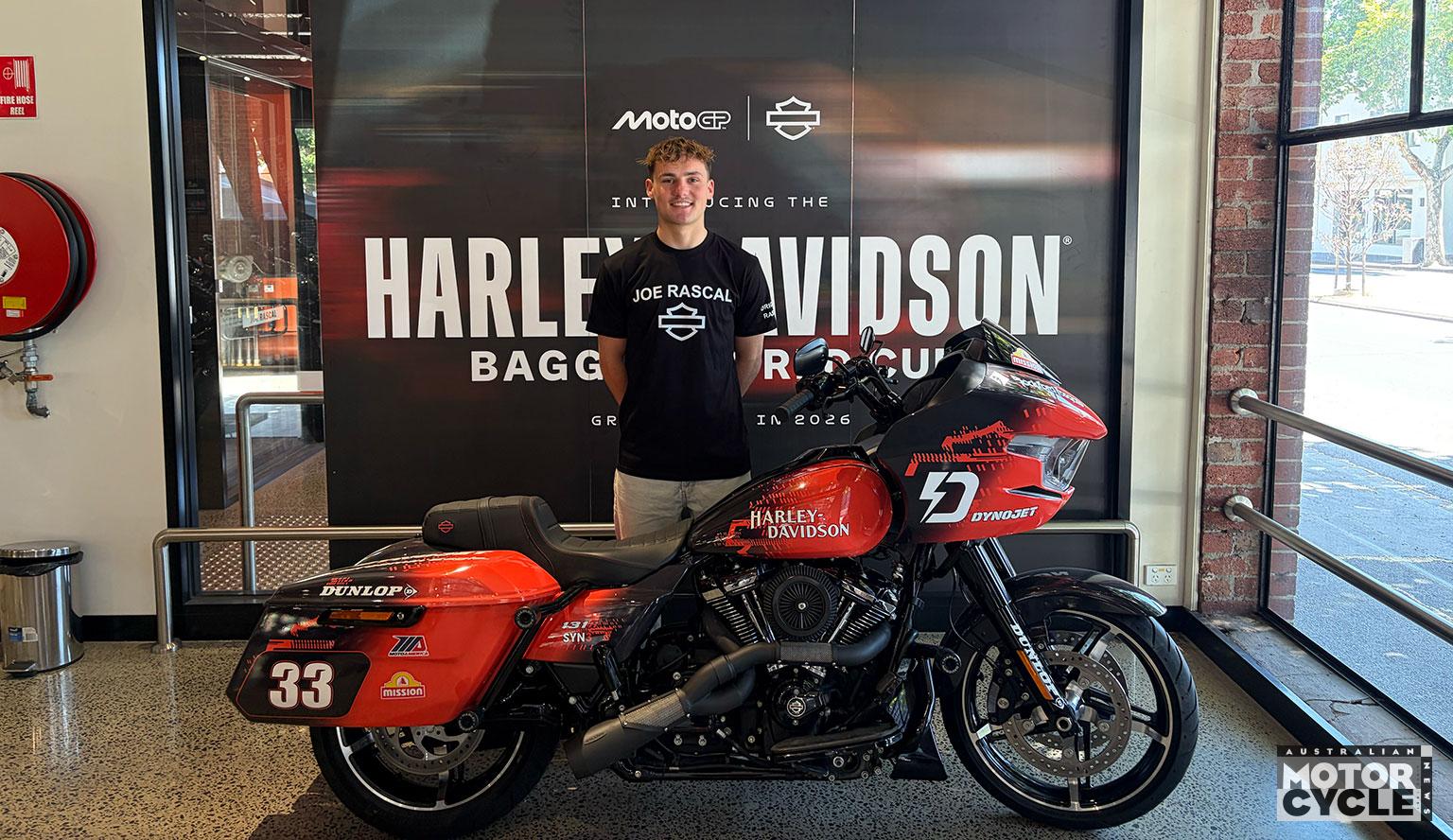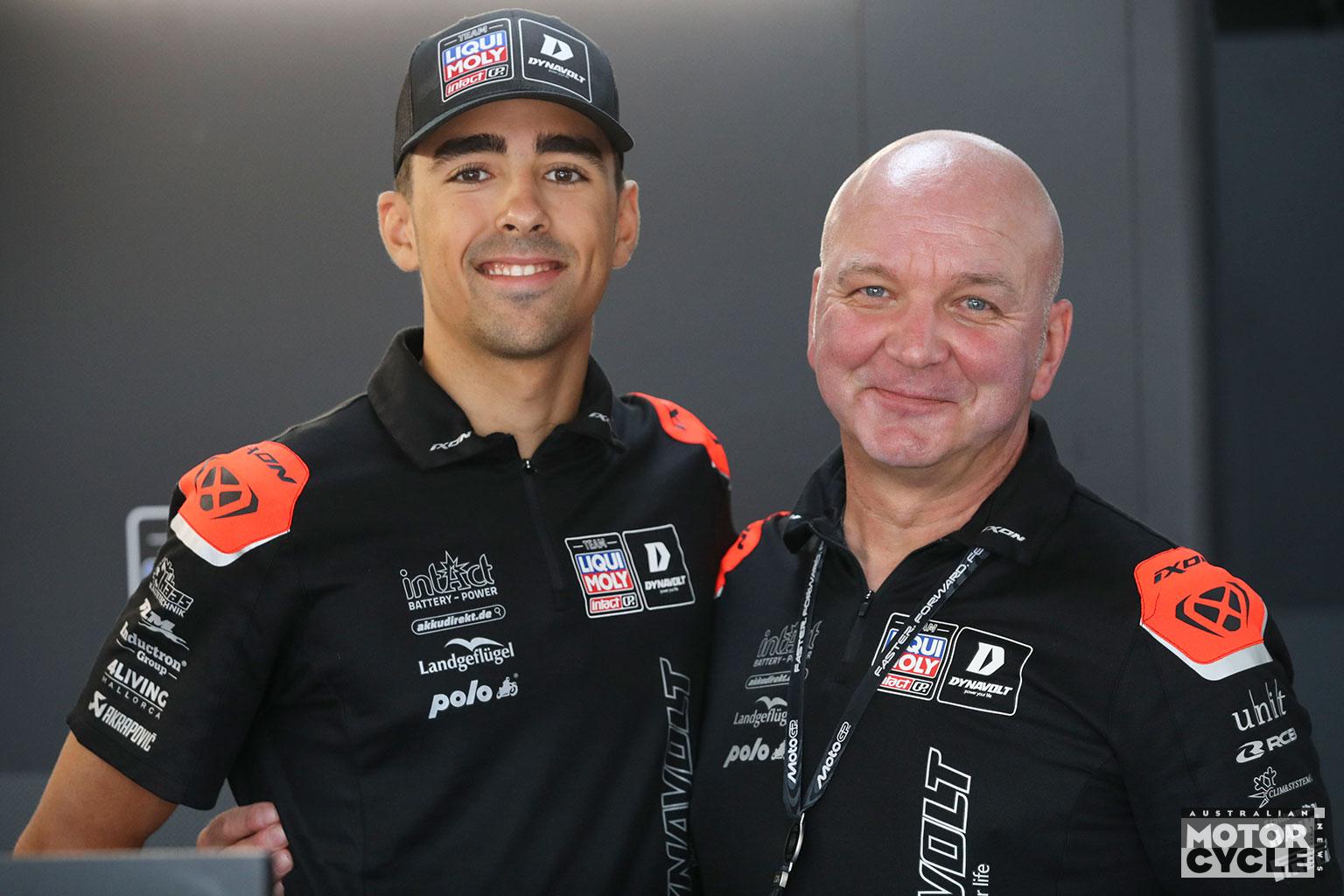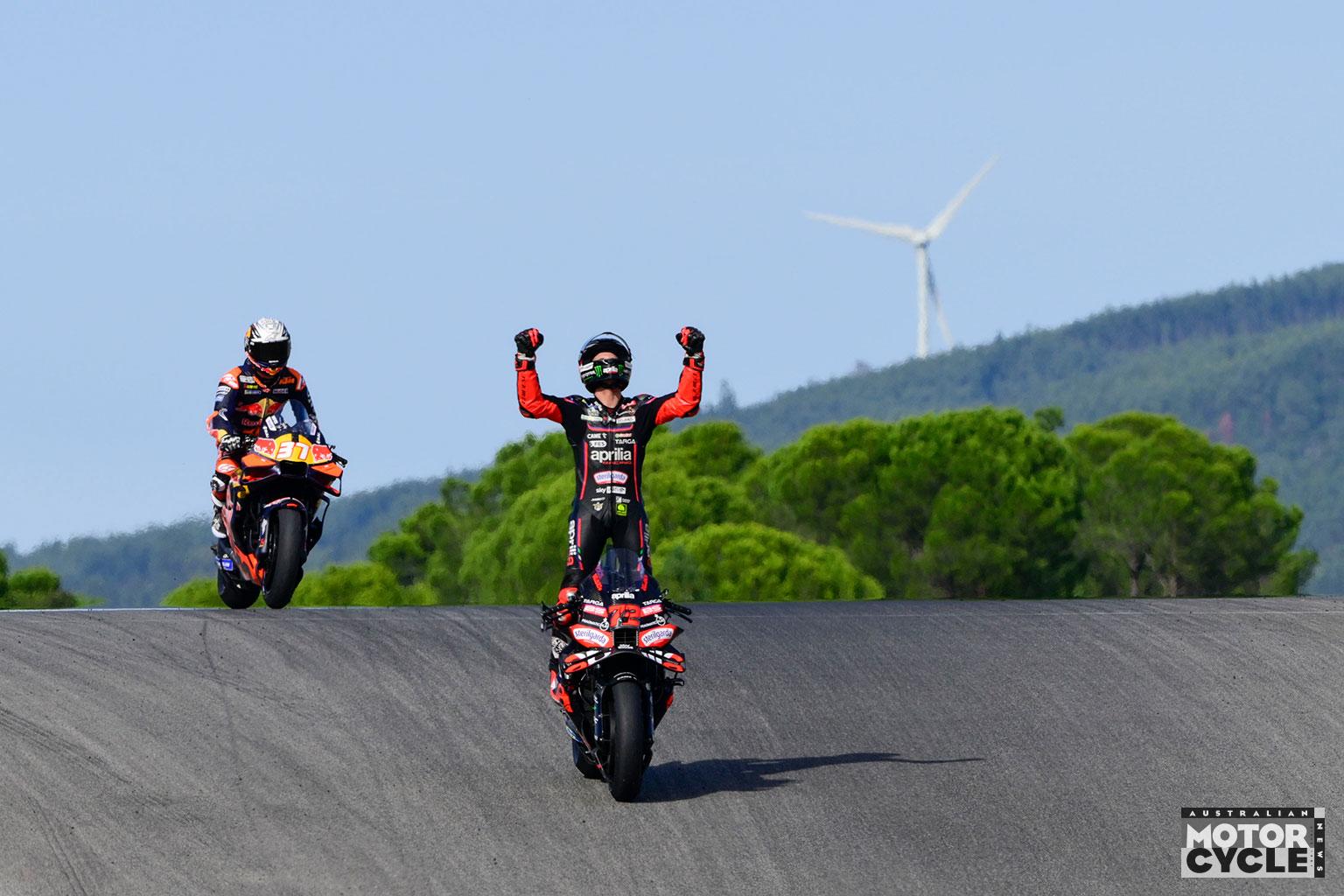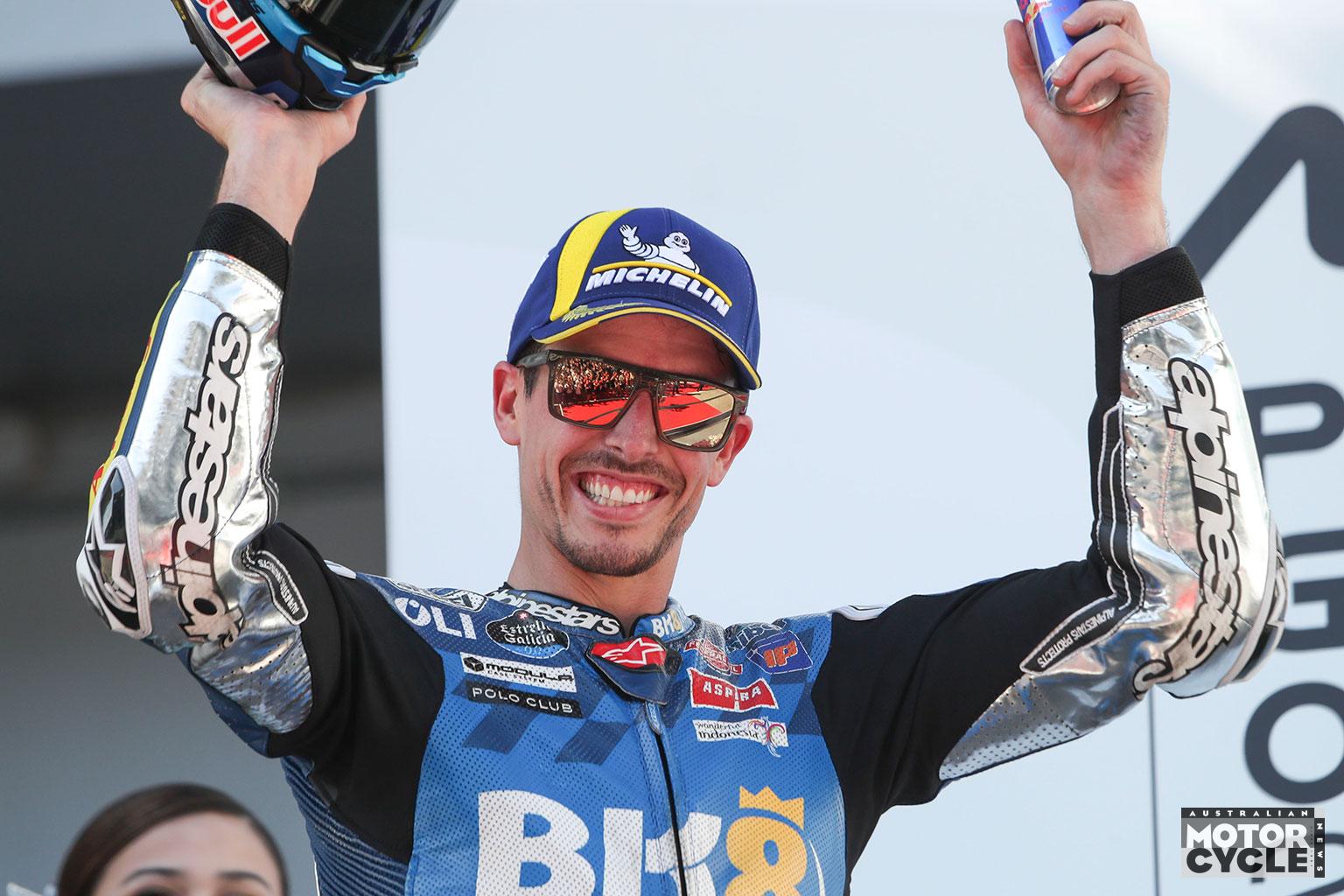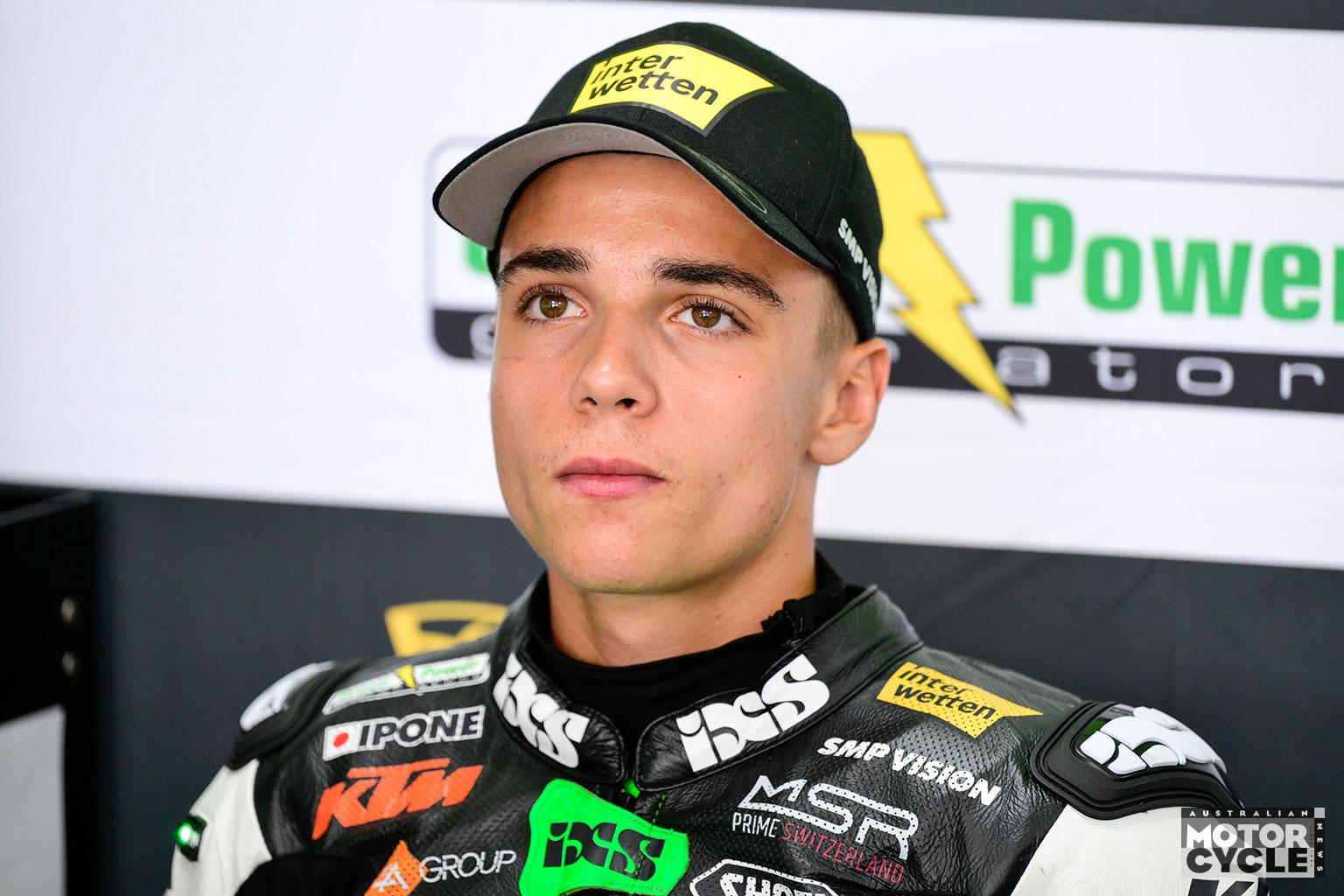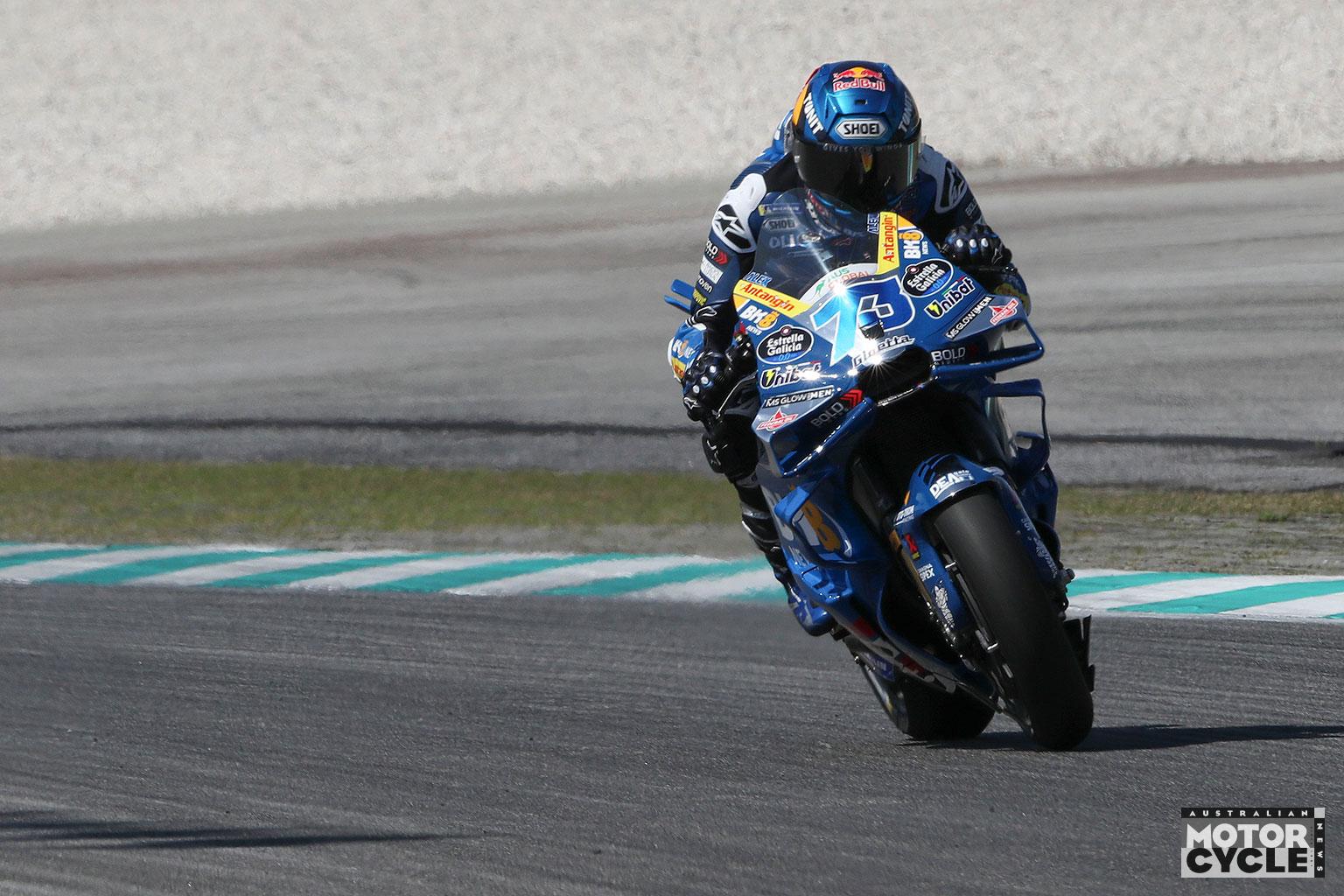Michael Scott gives his take on the Silverstone MotoGP.
Long summer break was good. Going grand prix racing again better. Especially when it is at Silverstone – not the world’s best track for spectating (too far, too fast), but one of the very best for racing. Right up there with Phillip Island, Aragon and the late, lamented Brno.
Not least because its subtleties and speed make it unpredictable. The last eight British GPs there have had a different winner every time. This year it was Bagnaia’s and Ducati’s turn. Slightly unexpectedly. Fabio Quartararo was invincible there last year, and although he did have a long-lap penalty to deal with, this is less severe at Silverstone than at (for example) Misano – 1.5sec loss versus five. He was expected to make that up … he won by 2.6sec last year.
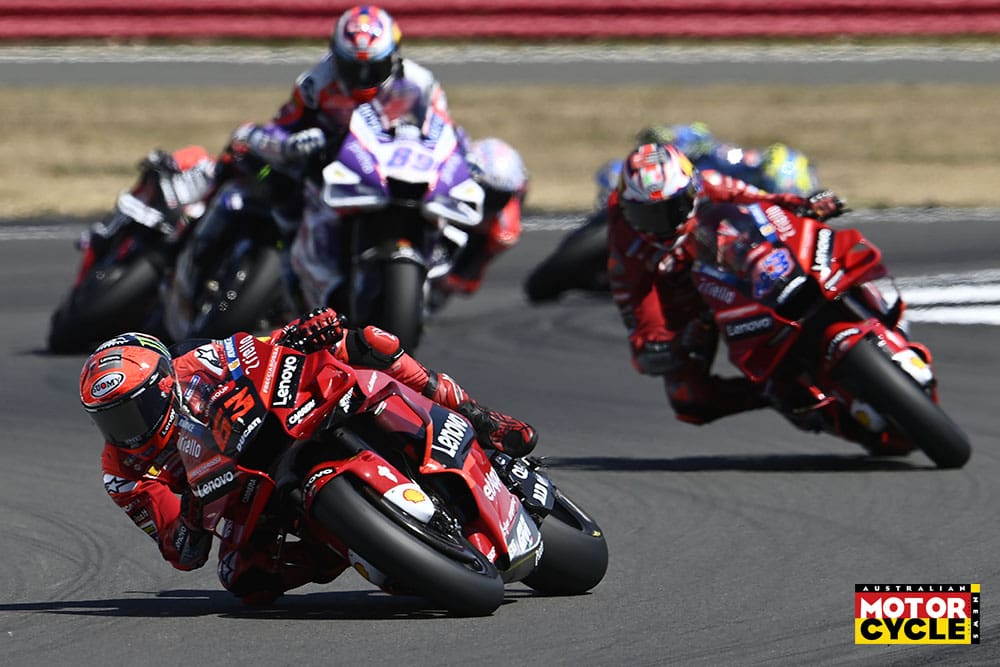
But the penalty cost him four places and put him in the Yamaha’s bad place. Behind other bikes. When that happens, especially in hot weather (it was very hot), the YZF-M1’s tyres overheat. The pressure goes up, the profile changes, the edge-grip disappears. Already down on top speed, the rider is no longer able to compensate with sweeping lines and high corner speed.
Quartararo is already the only Yamaha rider able to qualify well enough to avoid getting mired in traffic and instantly uncompetitive at every race. In Britain, the next-best Yamaha was Morbidelli’s, in a distant 15th. Dovizioso (shortly to cut short his contract early in disgust at the unequal struggle) and Darryn Binder didn’t even make the points.
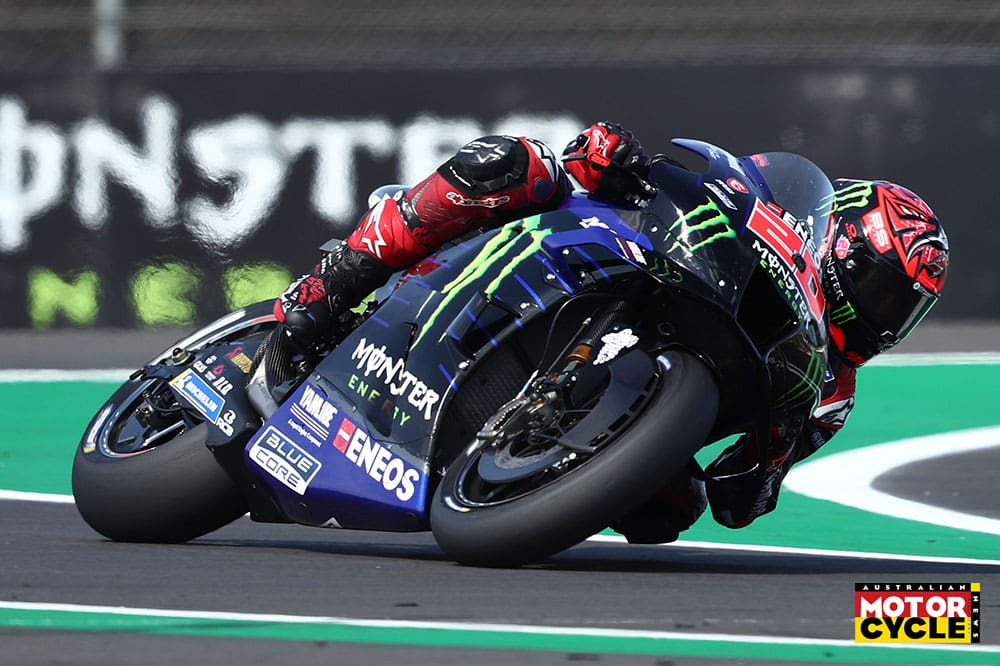
Even the defending champion however, once he has four bikes in front of him, cannot avoid the trap. “Overtaking is almost impossible,” he moaned. At Silverstone, he had found a new way to fall in. Instead of the front tyre overheating, spoiling braking and turn-in, it was the rear.
Obviously everybody’s tyres suffer in the same way … hence the controversy over tyre pressures, already ‘governed’ by a rule that is apparently too difficult actually to be enforced. But not everybody’s race performance suffers in the same way. Notably not the pace of the Ducatis and now the Aprilias.
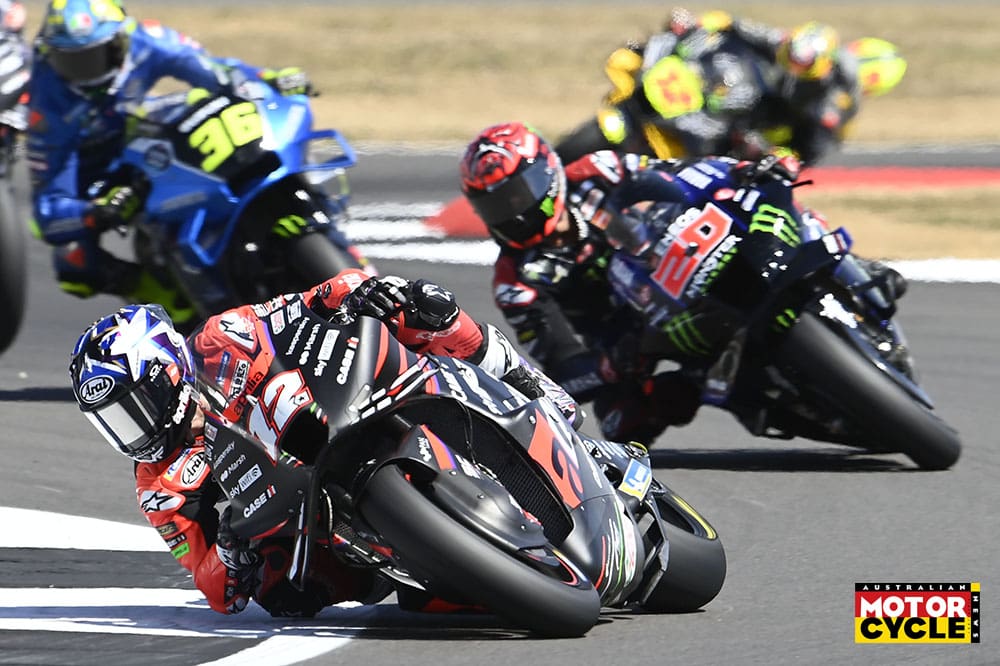
It’s easy to draw the conclusion that this is because they are V4s, naturally more powerful and in some respects more agile (or less stable) than in-line fours, largely because of their shorter, stiffer crankshafts and narrower engine width.
Where a more stable in-line four can manage fast, sweeping corner lines, a V4 attacks corners differently, braking harder, slower mid-corner then blasting out faster. Having got in the in-line four’s way mid-corner. Crucially this means loss of tyre edge grip makes less difference to a V4.
Yet as always with motorcycles, things tend to be a little more complicated and a bit less readily explained. Because the Suzuki, whose engine is almost identical to the Yamaha’s, doesn’t suffer in the same way.
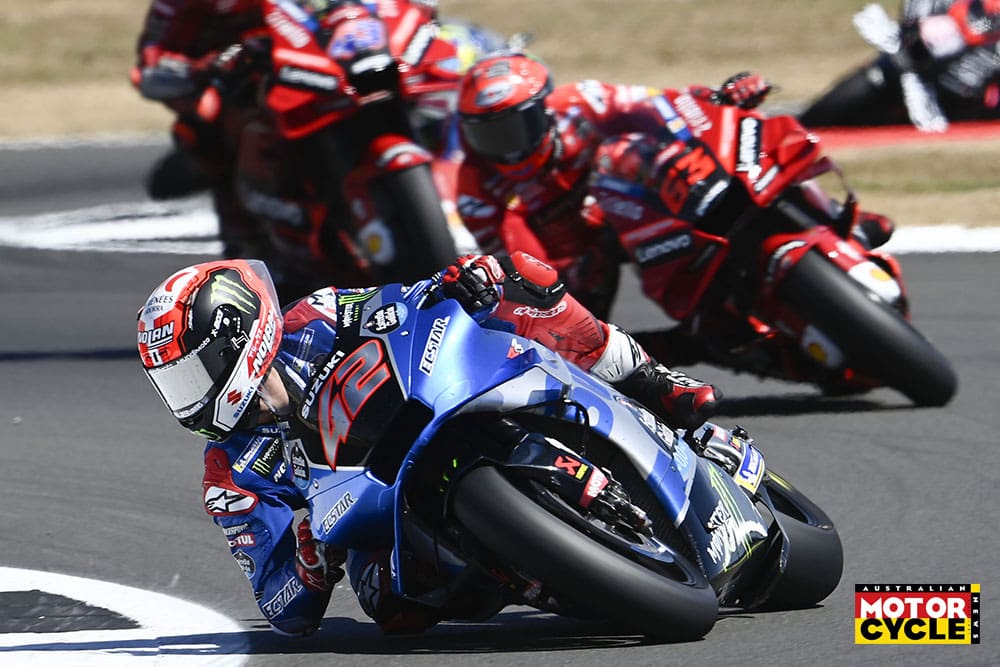
Just to prove the point and muddy the waters, Alex Rins was able not only to move from fifth on the first lap into the lead on the sixth, but to stay there for six laps. Although to be fair the effort took so much out of his tyres that he eventually faded to seventh. Even then he was still one place ahead of Quartararo.
The end result of all this was most encouraging for the championship. Bagnaia’s win to Quartararo’s eighth cut the points deficit from 74 to 49, with eight races to go. Four of which Bagnaia won last year. At the same time, the closest title challenger Aleix Espargaro, far from fit after a horrible slam-dunk highside the day before, lost just one point to the leader, finishing a close ninth after his last-lap overtaking attack was repulsed.
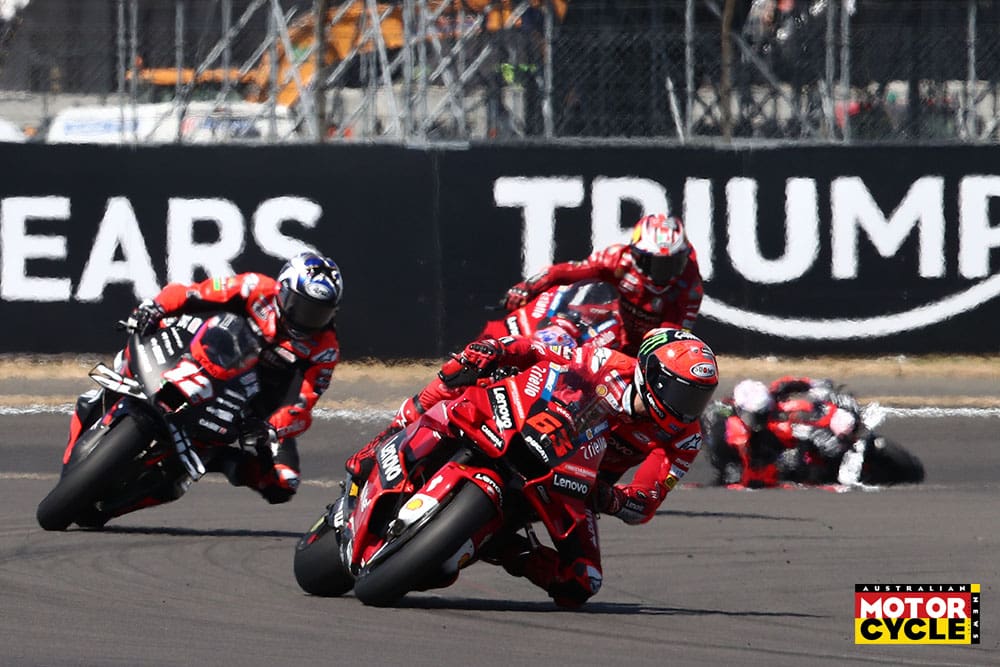
Whatever next? Austria’s simplistic Red Bull Ring, and then another seven more tracks. Yes, racing is definitely better than being on holiday.

